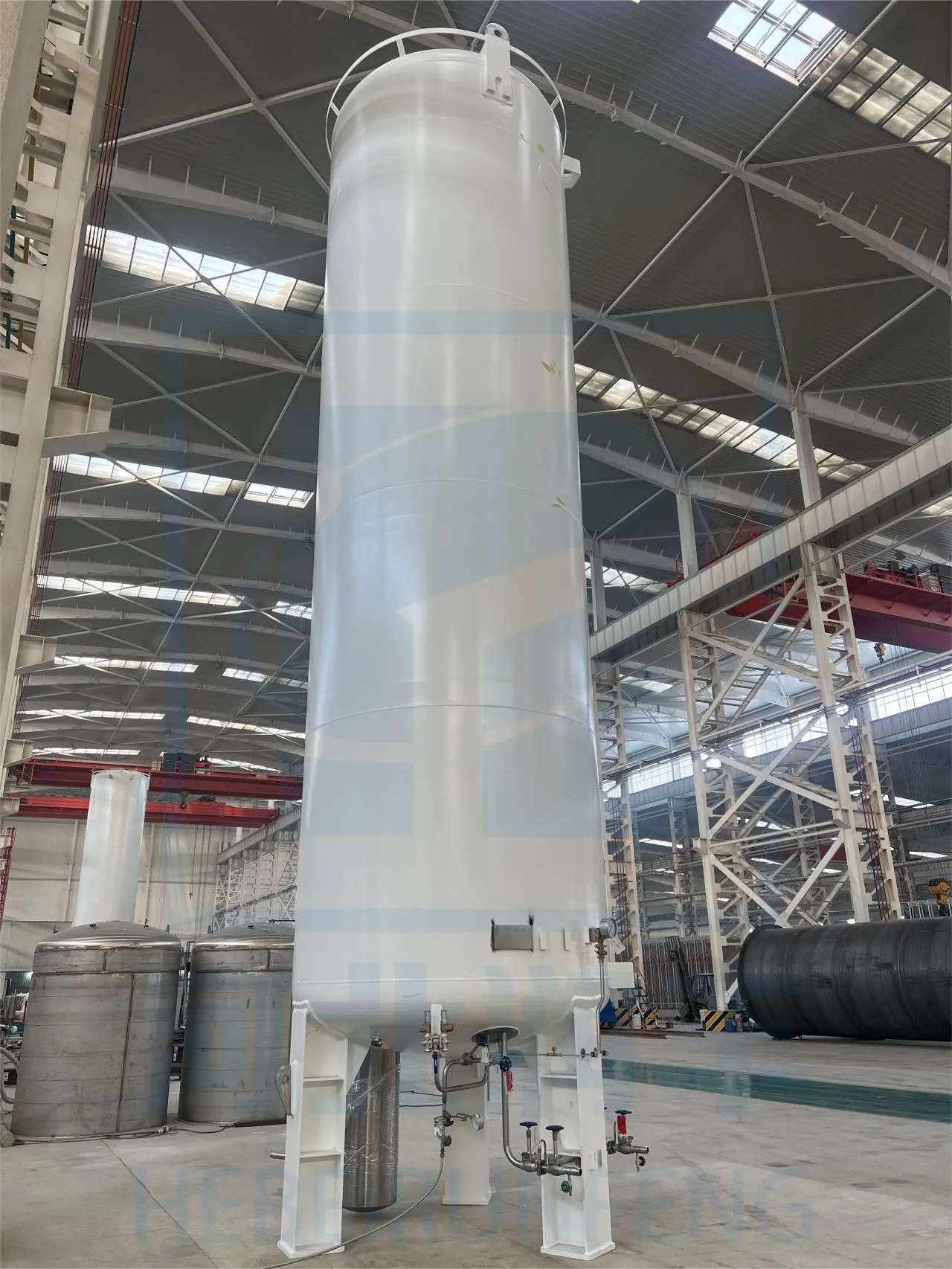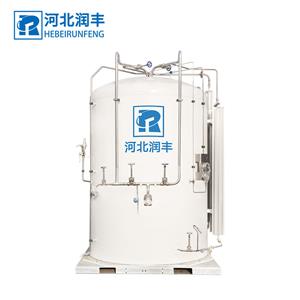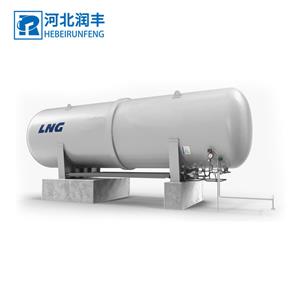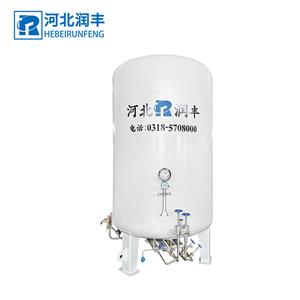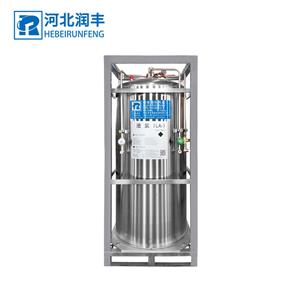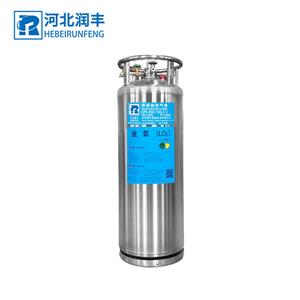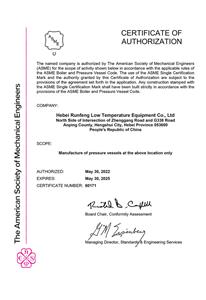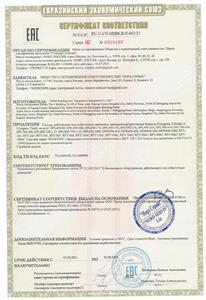Generally speaking, there are two possibilities for dewar pressurization. .., the boost valve is broken,
you can replace it or replace it with the same one. Another possibility is that during the filling process,
moist air accidentally entered the vaporization pipe in the bottle, causing the pipe to crystallize.
Gansu cryogenic Dewar manufacturer's solution is to heat nitrogen and introduce it from the gas phase.
Open the exhaust valve first, then open the air valve, or increase the pressure appropriately.
However, this process is slow, so don't be impatient. Wait until the temperature difference between
the outlet nitrogen and the inlet nitrogen does not exceed about 3 degrees, and then use high-pressure
nitrogen to blow out the pipe.
The modern Dewar flask was invented by Scottish physicist and chemist Sir James Dewar.
In 1892, Dewar told Berger to blow glass into a special glass bottle. This is a double wall glass
container. Two glass-lined walls are coated with silver, and the air is drawn out between the two
walls to create a vacuum. The silver on the walls of the two inner bladders can prevent radiation
and heat dissipation, and the vacuum can prevent convection and conduction, so the temperature
of the liquid in the bottle is not easy to change. Later, Berg made a casing out of nickel to protect the
fragile glass bottle liner. At first, this kind of Dewar was only used in laboratories, hospitals and
expeditions, and later it was used for picnics or train rides. On January 20, 1993, Dewar announced the
invention of a special cryostat—later known as the Dewar. In 1898, he used a Dewar flask to liquefy
hydrogen to 20.4K. The following year, he achieved the solidification of hydrogen and extracted the
vapor on the surface of solid hydrogen to 12K. Dewar invented a container for low-temperature
liquefied gas, which is a glass container with a double layer of silver coating in the middle and a vacuum.
This container was later transformed into a well-known daily necessities - hot water bottles. In 1925,
the popular cheap plastic thermos went on sale.
At the same time, similar vacuum insulated container Dewar bottles are also required for transporting
and storing liquefied gas in the laboratory. Dewar invented the metal Dewar flask in 1906 to store liquid
oxygen. In a metal container with a capacity of 110,000 liters designed for rail transportation, the daily
evaporation rate of liquid oxygen in a Dewar bottle is about 0.1%, and the daily evaporation rate of
liquid hydrogen is about 0.8%.

